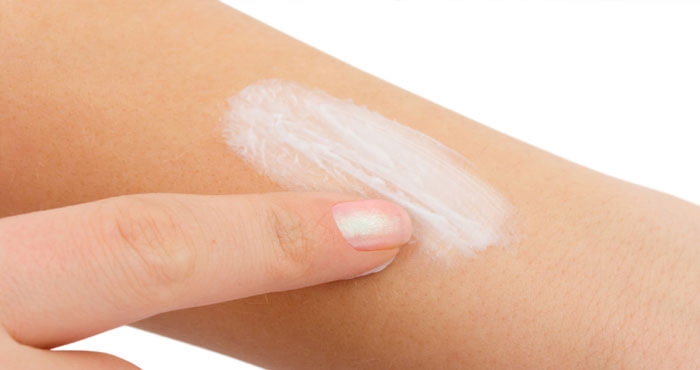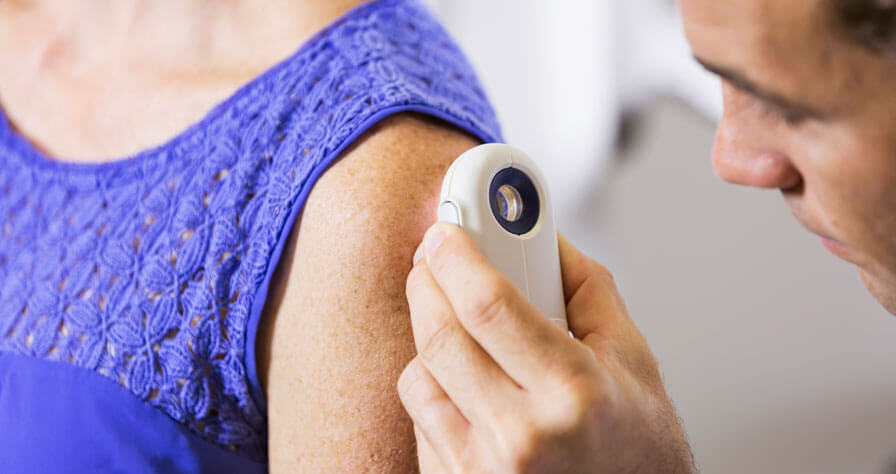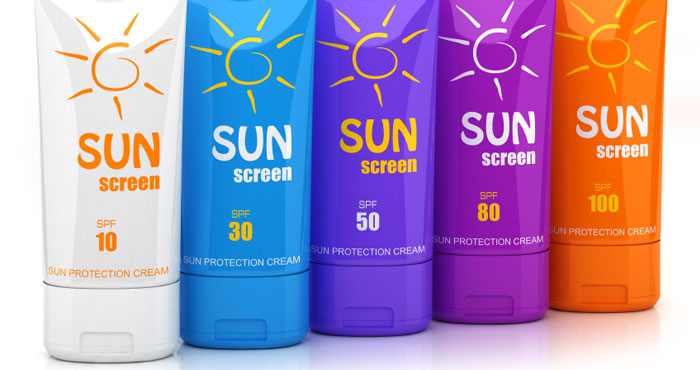Common Spots for Skin Cancer

Too much time in the sun can be deadly, especially if you neglect to protect some of your body’s most vulnerable spots:
- Face. It shouldn’t be a surprise that your face is the most common place for skin cancer to develop. Your face is exposed to sunlight almost every day. The left side of your face can be particularly vulnerable because it is exposed to sunlight when driving. Skin Types and At-Risk Groups.
- Scalp. The top of your head is directly exposed to harmful rays every time you’re in the sun. The part in your hair, in particular, doesn’t have the covering of hair as protection. The same applies for any balding areas. In fact, most skin cancers on the scalp occur in balding men.
- Ears. If you have short hair or wear your hair pulled back from your face, you’re leaving your ears exposed to sunlight. Even worse, most people fail to apply sunscreen to their ears.
- Trunk. Melanoma, the most serious type of skin cancer, can develop anywhere on your skin, but it is more likely to start on your trunk (chest and back) in men.
- Legs. In women, your legs – particularly your lower legs – are the most common area for melanoma to occur.
Skin cancer is the most common cancer, affecting one in five Americans. Luckily, it is also largely preventable. Follow these tips:
- Seek the shade. Stay out of the sun between 10 AM and 4 PM, when the sun’s rays are strongest.
- Do not burn. Avoid tanning and never use tanning beds. When outside, cover up with clothing, including a broad-brimmed hat and sunglasses.
- Use sunscreen. Use a water-resistant, broad-spectrum (UVA/UVB) sunscreen with a SPF of 30 or higher every day. Apply one ounce (two tablespoons) of sunscreen to your entire body 30 minutes before going outside. Reapply every two hours or immediately after swimming or excessive sweating. Find the Right Sunscreen for You.
- Check your skin. Examine your skin head-to-toe every month.
- See your doctor. Schedule an appointment every year for a professional skin exam.



